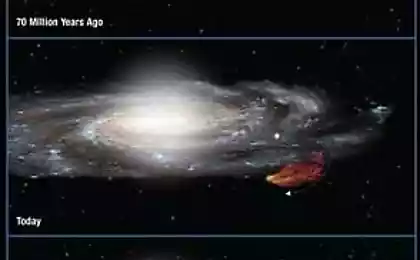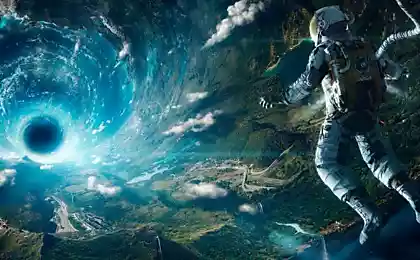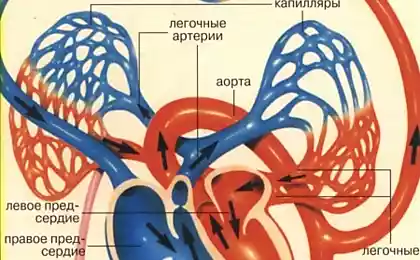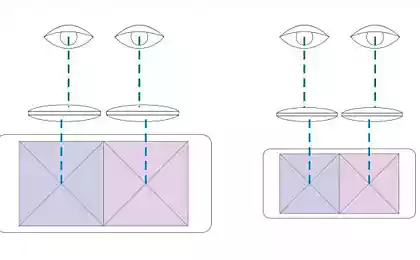1358
Billion pixels, look in the heart of the Milky Way.
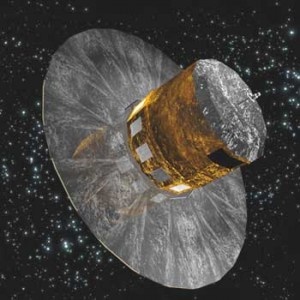
The largest digital camera ever built for a space mission was postroєna of 106 individual units. As a result of this array will serve hypersensitive "eye" in the galaxy. Despite the fact that the unaided human eye can see several thousand stars on a clear night, the telescope sostavitt map of stars in our own galaxy - the Milky Way and its neighbors. During his five-year mission in 2013, the land will be transferred to the spectral characteristics along with their three-dimensional positions and motions.
For the detection of distant stars, Gaia will use advanced versions of chips. These detectors are slightly smaller rectangular credit card, each of which has a size of 4.7 x 6 cm, and thus they are thinner than a human hair.
Techniques spent most thoroughly ustanovlivaya May each package on the supporting structure, leaving only a 1 mm gap between them. Working in two shifts in the clean room, they installed an average of four units per day, and completed its mission on June 1.
Mounting and precise positioning of blocks 106 is a key step in the assembly model. Completed mosaic arranged in seven rows of the matrix. The main array consists of 102 detectors designed to detect stars. Four blocks are designed for stereo-types of stars. To increase the sensitivity, the detectors will maintain not less than -110 degrees Celsius.
Basic and advanced its modules consist of silicon carbide - a material is extremely resistant to deformation during temperature changes. First active material was synthesized as replace diamond, silicon carbide is advantageous in small Vesse: full support structure detectors it is only 20 kg.
Gaia will run on solar-terrestrial Lagrange point L2, 1, 5 million kilometers from the earth, where the orbital motion of the Earth balances the gravitational forces to form a stable point in space.
The launch is scheduled in 2013, three-dimensional maps will help identify the composition, formation and evolution of the Milky Way, from 1% sample of stars in our galaxy.
Also, the observation will be a large number of other celestial bodies, from small bodies in our own solar system to more distant galaxies and quasars at the edge of the observable universe.




